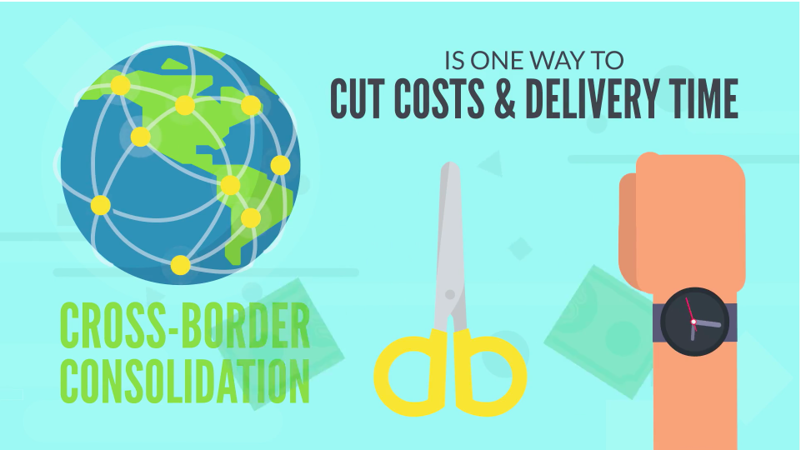Today parcel shipping is a global phenomenon. But international shipping brings its own set of difficulties including product-specific cross-border regulations, landed cost calculations, and tracking. Still, many ship international parcels one at a time as if they were going across town, impacting delivery times and costs.
There is no end in sight for international parcel shipping growth.
According to UN trade and development experts UNCTAD, the e-commerce sector saw a “dramatic” rise in its share of all retail sales, from 16%to 19% in 2020, topping $26.7 trillion.
The Pitney Bowes Parcel Shipping Index found that global parcel volume shot past100 billion in 2019, reaching 103 billion. Further, parcel volume is most likely to more than double and reach 220-262 billion parcels by 2026, with a 14.8 percent CAGR for 2020-2024.
The need to simplify cross-border parcel movement has never been greater. Many carriers and technology providers are enabling “cargo chains”: end-to-end global logistics services that provide first-mile international pickups, consolidation, customs clearance, deconsolidation, and injection into domestic parcel networks. Cargo chains improve delivery times, reduce custom delays and penalties, reduce transportation costs, and reduce damage by minimizing line hauls and handoffs.
Pierbridge is helping shippers and carriers execute last-mile cargo chain parcel movements. “Transtream currently supports cross-border shipping with FedEx and UPS. This allows us to provide simplified shipping to and from Canada,” says Mike Graves, director of product management and strategy at Pierbridge. “We print the final-mile labels at the time of the parcel creation and then group all the cross-border parcels into one shipment with a consolidated invoice. This allows for one shipment to cross the border easing customs clearance, while speeding delivery.”
Watch the video to see how Transtream helps shippers manage a multi-carrier, omnichannel, cross-border shipping strategy.
